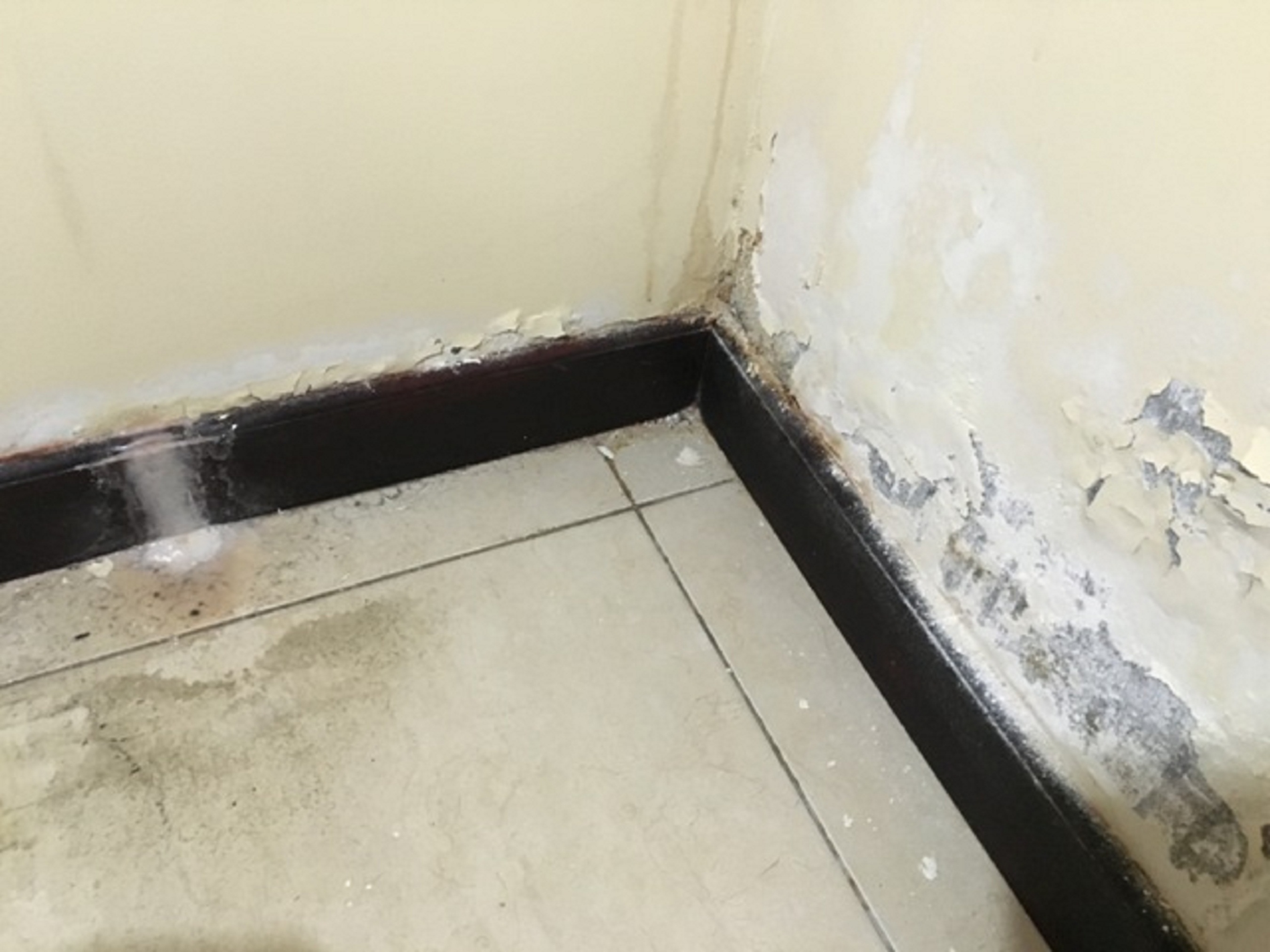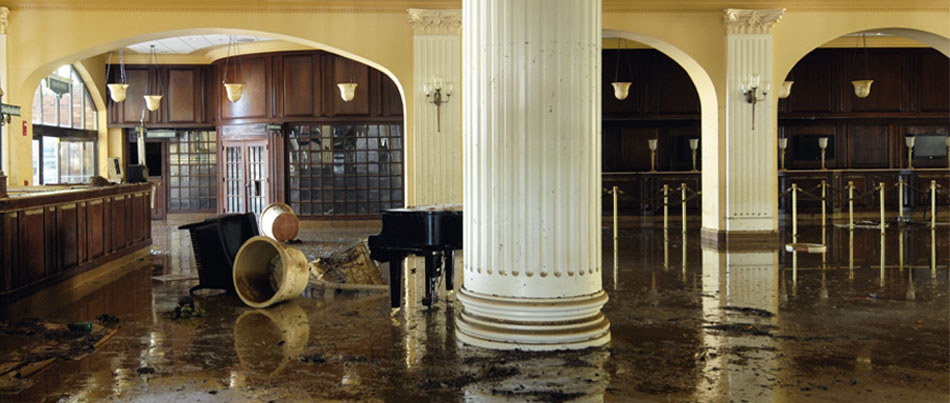6 Water Damage Remediation Do's as well as Don'ts.
6 Water Damage Remediation Do's as well as Don'ts.
Blog Article
Presented here below you can locate more awesome expertise pertaining to Preventing Fires and Water Damage In Your Home.

Water provides life, water breach on components where it's not supposed to be can result in damage. Homes with water damage odor old as well as mildewy.
Water can come from several resources such as typhoons, floods, ruptured pipelines, leakages, and also drain problems. In case you experience water damage, it would be good to know some safety and security precautions. Here are a couple of standards on exactly how to deal with water damages.
Do Prioritize Residence Insurance Coverage Protection
Water damages from flooding dues to hefty winds is seasonal. Nevertheless, you can also experience an abrupt flood when a malfunctioning pipe instantly ruptures right into your house. It would be best to have home insurance policy that covers both acts of God such as natural disasters, as well as emergencies like broken plumbing.
Do Not Fail To Remember to Shut Off Utilities
This cuts off power to your whole house, preventing electric shocks when water comes in as it is a conductor. Don't fail to remember to transform off the primary water line valve.
Do Stay Proactive and also Heed Climate Informs
Storm floodings can be extremely unforeseeable. If there is a history of flooding in your neighborhood, stay prepared as well as aggressive. Pay attention to emptying cautions if you live near a lake, river, or creek . Secure prized possessions from the very beginning and also basement, then placed them on the greatest possible degree. Doing so decreases potential residential or commercial property damage.
Don't Disregard the Roofing System
You can stay clear of rain damage if there are no openings as well as leaks in your roof covering. This will certainly avoid water from moving down your wall surfaces as well as saturating your ceiling.
Do Focus On Small Leakages
A burst pipeline does not take place overnight. You may discover bubbling paint, peeling off wallpaper, water touches, water discolorations, or trickling audios behind the wall surfaces. Have your plumbing fixed prior to it results in massive damage.
Do Not Panic in Case of a Ruptured Pipeline
When it comes to water damages, timing is crucial. Therefore, if a pipe bursts in your home, instantly shut off your major water valve to reduce off the resource. Call a respectable water damage restoration professional for help.
Water provides life, water intrusion on parts where it's not intended to be can result in damages. Homes with water damages smell musty and also old.
Water damage from flooding dues to hefty winds is seasonal. You may observe bubbling paint, peeling wallpaper, water streaks, water spots, or trickling audios behind the walls. When it comes to water damages, timing is essential.
6 Water Damage Restoration Do’s and Don’ts
Secure the area
First, ensure that it’s safe to be where the water is. Depending on the extent of the damage, you could be faced with a situation that’s dangerous to be in. Turn off the water supply and power supply, and disconnect appliances or mechanical tools that could conduct electricity or cause additional water to fill the area. Cover any holes in the roof or walls with a tarp so that the elements are kept out. Look for rodents and other pests that may have decided to come in or have been brought with the water. Secure heavy furniture or equipment that could collapse, or – better yet – take it out of the building completely. Immediately decide if it’s a place you can continue to be in until help arrives, being mindful of staff or customers that could get into harm’s way while you wait.
Call your insurance
The next thing you should do is reach out to your insurance company. Even if your damage was caused by flooding, and you don’t have a flood policy, it’s worth investigating. Depending on the cause of the water, there may be a way for a policy to cover it, especially if it’s the fault of someone else who has insurance coverage.
Remove valuables
Some things may have already been damaged beyond repair, but if you can move expensive items from the building, do so. Special equipment, computers and, and financial documents should be relocated off-site, if possible. Even if they can be put up above the waterline, natural disasters and building damage can attract criminals. You don’t want people taking advantage of the weakened structure of your office to steal from you.
Put up the things you can
Equipment and furniture that hasn’t already been damaged should be moved to the highest level in your building or set on top of other furniture. Remember that the entire room will be humid and damp, even if items are above the waterline. Just being in a flooded building can cause them to grow mold or become musty, so do this only if you can’t take them out of the structure completely.
Don’t remediate on your own
The biggest thing to remember when dealing with water damage, whether it came from a storm or an exploded toilet, is that you can’t handle much of the process by yourself. Even if you weren’t so already overwhelmed with losing your home or office to water, you don’t likely have the tools and industry-accepted resources to put the area back to a healthy, stable condition. In addition to water pumps, fans, and dehumidifiers, there may be materials that need to be demoed and reinstalled. The entire process of water damage remediation is a long one, and every step must be handled with care to ensure it doesn’t come back as a new problem. Home and office owners frequently try to handle water problems on their own, but the truth is that it can be difficult to know the extent of the damage just by looking at it.
Also, if it’s your personal business, you’re likely to be emotional and feel sentimental about the items damaged. You may not be able to reasonably assess if things need to be replaced. Everything from the carpet to the paint has a history; having a third-party expert team come in and give it to you straight is the best possible outcome. They can let you know just what can remain, and what has to go. In the end, removing everything that is beyond repair is best to avoid further health issues from mold or a collapsing structure.
Delay getting help
As you’ve read above, the consequences of trying to handle too much of the restoration process can have expensive outcomes. Doing things wrong is costly! Another way to add to the total bill for fixing the water problem is in waiting too long. If you try a “wait and see” approach, your building may be silently crumbling underneath the moisture, or mold may be starting to take hold. If you’re convinced it’s a job for the professionals, don’t wait a minute. As soon as you see that it’s going to be a problem, make the call.
https://idealsf.com/blog/water-damage/6-water-damage-restoration-dos-and-donts/

I hope you liked our piece on Preventing Fires and Water Damage In Your Home. Thanks so much for spending some time to read through our article. Feel free to take the time to promote this content if you appreciated it. I recognize the value of reading our article about Keeping Your Home Safe This Holiday Season.
Report this page